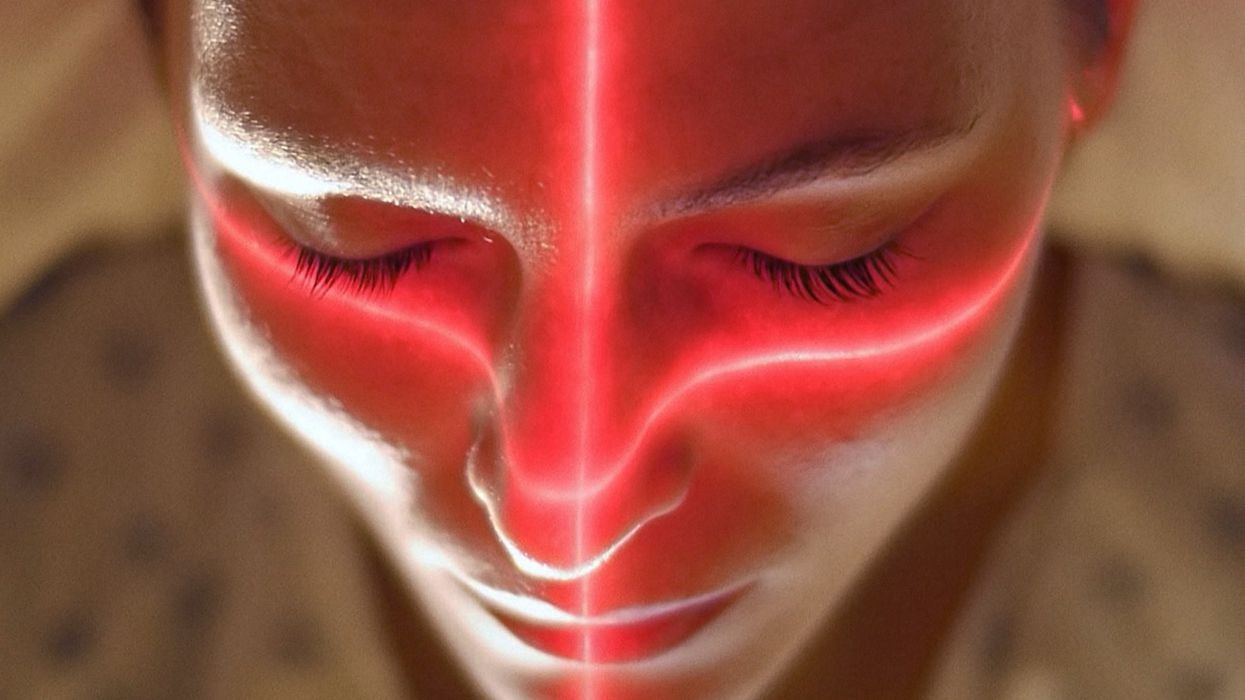Want to Shoot in 3D with Your GoPro Hero3+? Here's How!

Here are the specs for the 3D Dual Hero System from GoPro's website:
- Tandem housing holds two HERO3+ Black Edition cameras (sold separately)
- Capture full-resolution videos and photos simultaneously with uncompromised image quality
- Record synchronized 2D video or photos to convert to 3D using free GoPro Studio editing software
- Single interface control enables one camera to control the other’s modes and settings
- Waterproof to 197’/60m
- Integrated Mini USB port enables data offload, battery charging and live-feed video when used with the included Skeleton Backdoor
- Includes two sets of Curved + Flat Adhesive Mounts for mounting to your gear
- Includes two pairs of 3D anaglyph glasses for viewing your 3D content
- Compatible with most GoPro mounts
- Compatible with the GoPro App and Wi-Fi Remote (sold separately)
- Price: $199.99
There are a number of GoPro accessories and mounting options for the 3D system. Of course, you can always go the DIY route and make your own rig that sets 2 GoPros side by side to capture footage that you can later turn into 3D. Check out this handy little tutorial by Brett Borget, in which he uses 4' of PVC pipe, 4 PVC elbow connectors, and 2 GoPro mounts to make an inexpensive GoPro 3D rig -- all for less than $25.
Borget goes on to demonstrate how to pair your GoPros (he uses 2 Hero 3's -- not Hero 3+'s), as well as record 3D footage with the wireless remote. He mentions near the end of the video below that it's best to get the lenses as close together as possible, and maintaining a distance of at least 3 feet away for the best results.
After you capture your 2D footage, whether you're using GoPro's system or your own DIY system to do it, you can take it into GoPro Studio, which you can download for free here, to convert it into 3D. In the final video in his GoPro 3D series, Borget shows you how to take your 2D footage into this editing program and convert it into 3D.
(By the way, if you have a GoPro Hero2, there is also a 3D system available specifically for that design, and it's half the price ($79.99). Check it out here.)
What do you think? Have you ever shot 3D footage with a GoPro rig? What worked/didn't work for you? Let us know in the comments.
Links:















